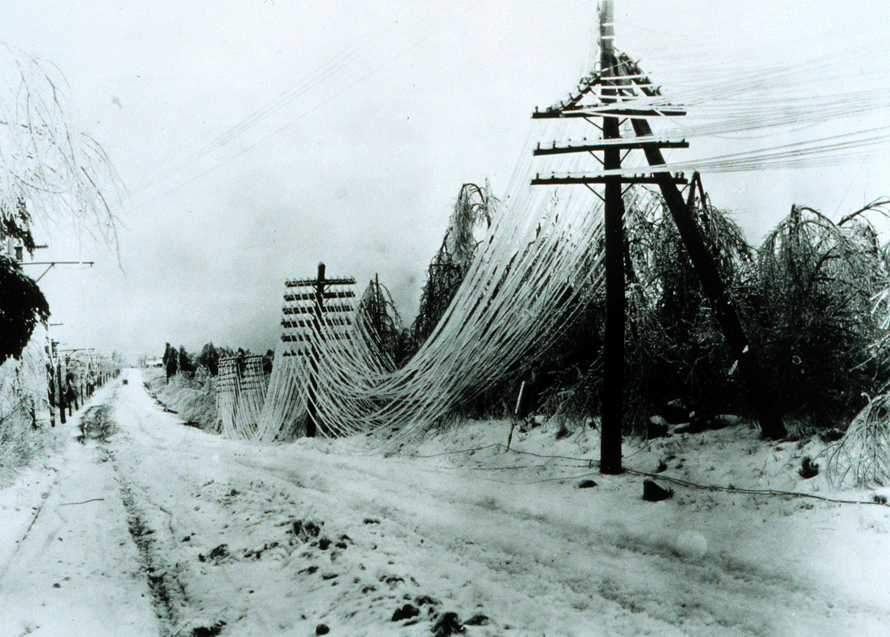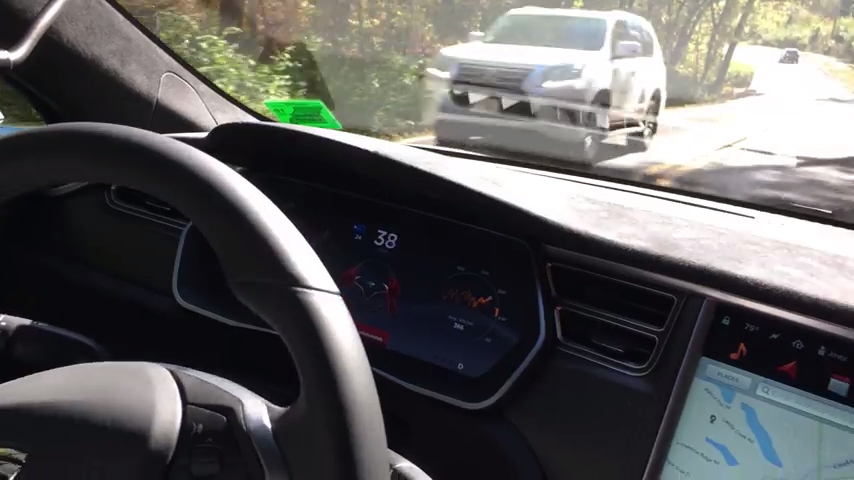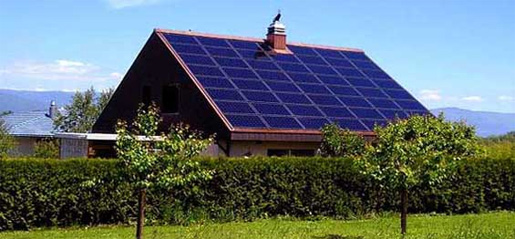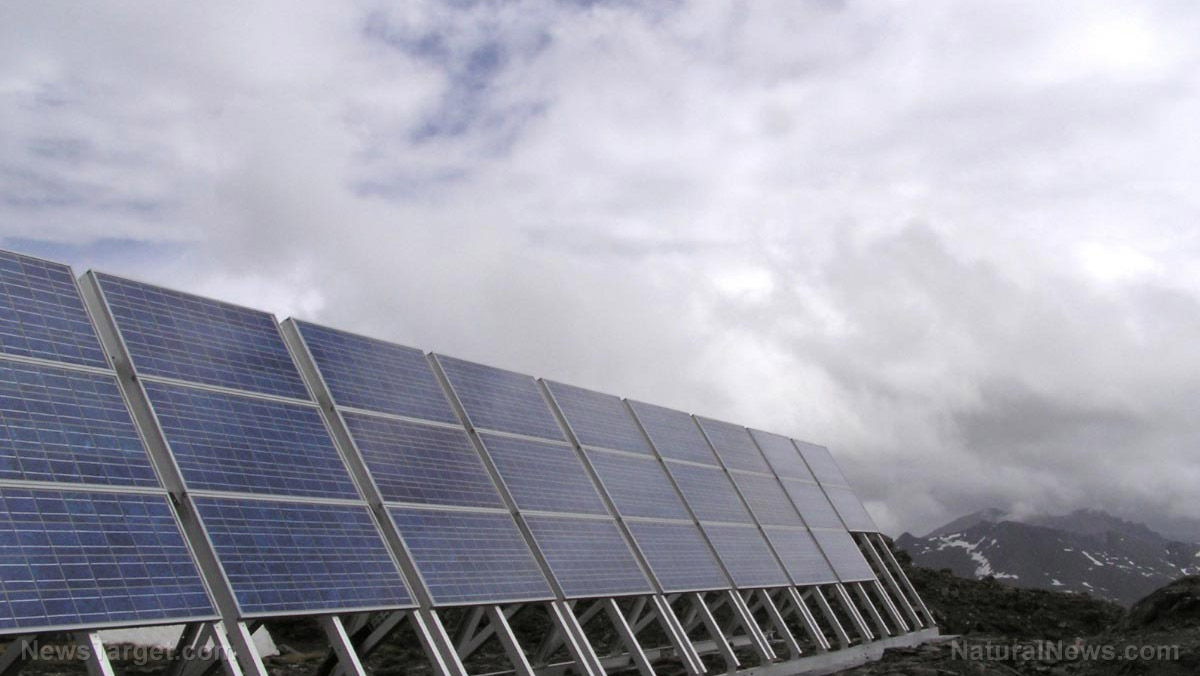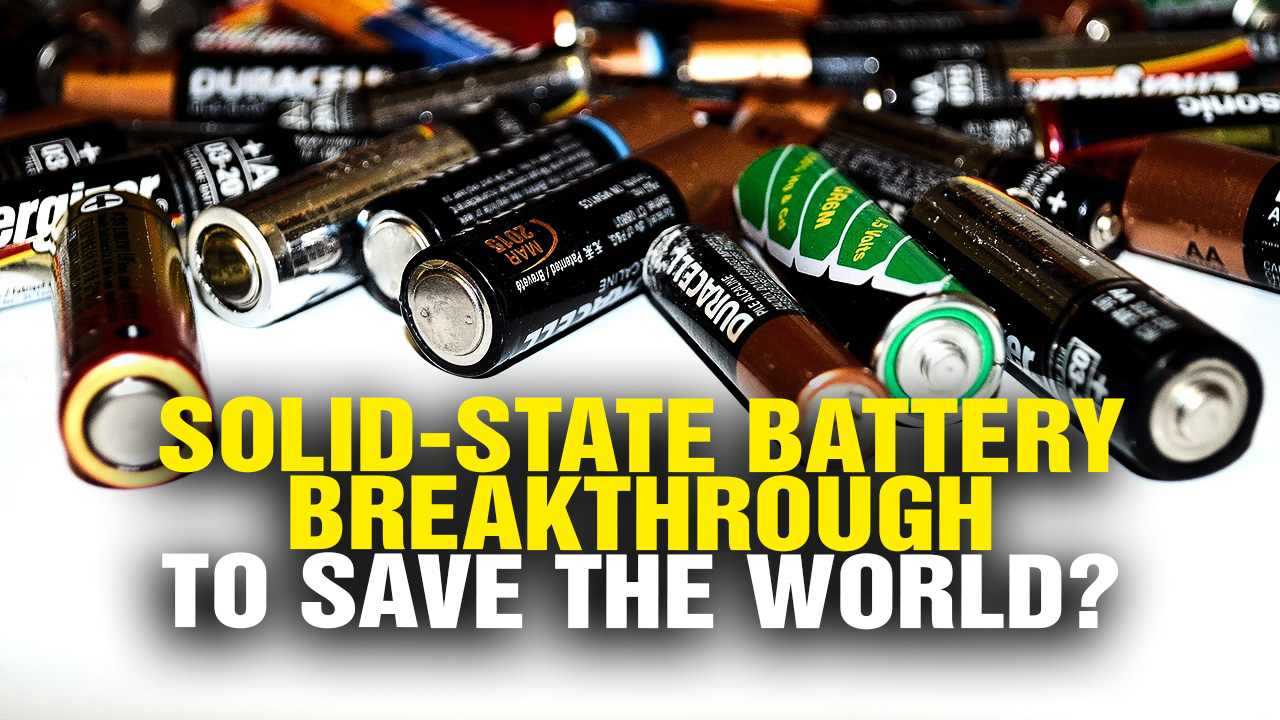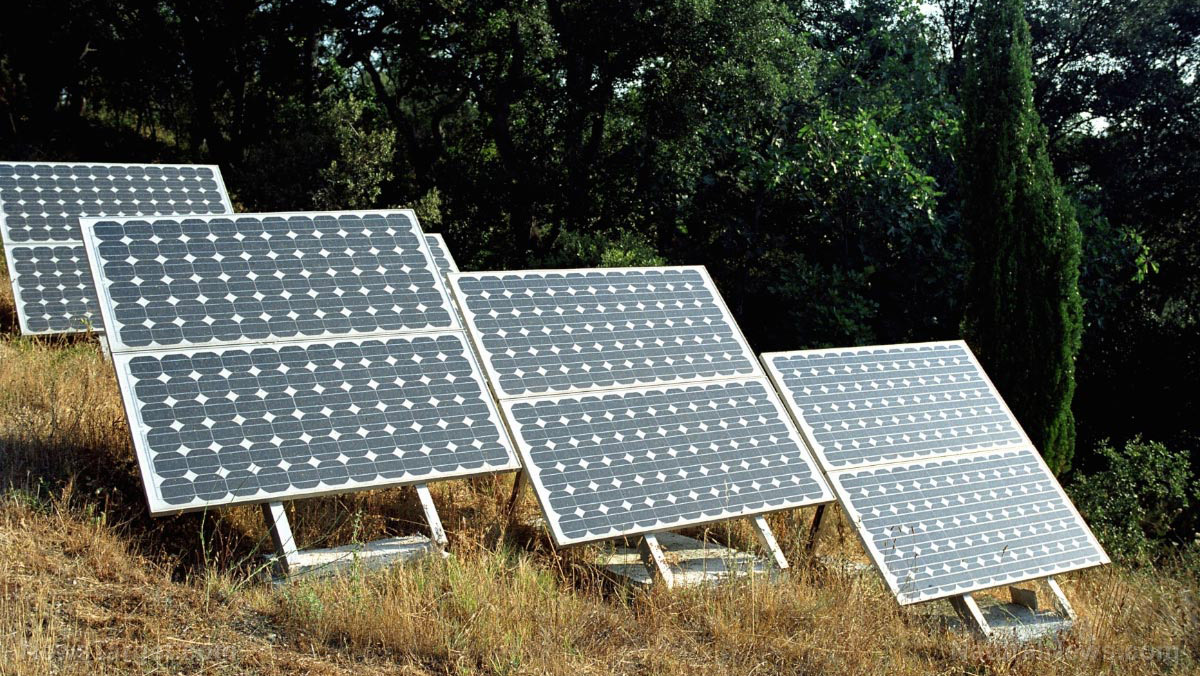Battery breakthrough – Scientists have developed a thermal battery that can gather and store solar heat for use on demand
08/12/2018 / By Zoey Sky

Batteries keep all sorts of gadgets up and running. Now, a group of researchers at the Massachusetts Institute of Technology (MIT) has discovered a way to create a “battery” that can store and release heat “on command—at the flip of a light switch.”
The system in the battery works by gathering solar heat or waste heat from the environment, which is then used to melt an organic phase-change material that can gather latent heat as it melts. The battery uses material “doped” with a photoswitching compound that alters the subtle molecular structure of the material so it doesn’t solidify again. This also releases the stored latent heat when the material cools after it is treated with UV light. When exposed to visible light, the material then reverses the photoswitch, which lets the material solidify and release its latent heat.
While this discovery is promising, the team of scientists from MIT has a long way to go before the battery is ready for public use. However, they remain hopeful about the potential of the technique they’ve come up with.
Through a press release, Jeffrey Grossman, the MIT team leader who worked with postdoctoral researchers Grace Han and Huashan Li, described the addition of a light-activated molecule as “a new kind of control knob” for phase-change properties of materials that could have all sorts of applications. (Related: Solar panel farm grows 17,000 tons of food without soil, pesticides, fossil fuels or groundwater.)
For example, the team is considering a portable heat source that can be used for cooking or nighttime heating in low-resource areas. This device can be made of a container for the material, with covers or slats that can be used to control light absorption and allow the material to be stored in dark areas. The unit can be used to store thermal energy from the sun during the day and charged with UV light to lower its solidification temperature. It can then be stored in the dark until a heat source is needed. To use the device, one can simply open the covers on the box to expose the material to visible light, which will trigger the reverse isomerization that will allow the stored heat to be used.
Although it is easy to imagine various ways that solar-heat storage can be used, Han shared that in principle, the system can work and recycle heat from any source. She said, “The availability of waste heat is widespread, from industrial processes to solar heat, and even the heat coming out of vehicles.” Han concluded that instead of letting the heat go to waste, the team’s “light-triggered system for harvesting latent heat” is a better way of putting some of the wasted thermal radiation to good use.
Various uses for solar energy
Solar energy, a renewable energy source that provides power without giving off greenhouse gases, has many uses. These include:
- Road signs — A small solar panel can provide enough power to light up several stop signs or message boards used in construction work. Because the solar panel charges a battery, the signs can stay on during nighttime.
- Hot water — Solar rooftop collectors use heat gathered from sunlight when they need hot water. They can also be used to generate heat.
- Satellites — In space, satellites use solar cells to convert sunlight into electrical energy which powers sophisticated onboard radio and computer equipment, which is then used for satellite radio, television, and weather forecasting.
- Calculators — Some desktop and pocket calculators have miniature solar panels built into them that provide energy so they can be used.
You can read more articles about how to use technology wisely at FutureScienceNews.com.
Sources include:
Tagged Under: batteries, electricity, future science, future tech, green energy, new type of batteries, power grid, solar energy, solar heat, technology, waste heat

